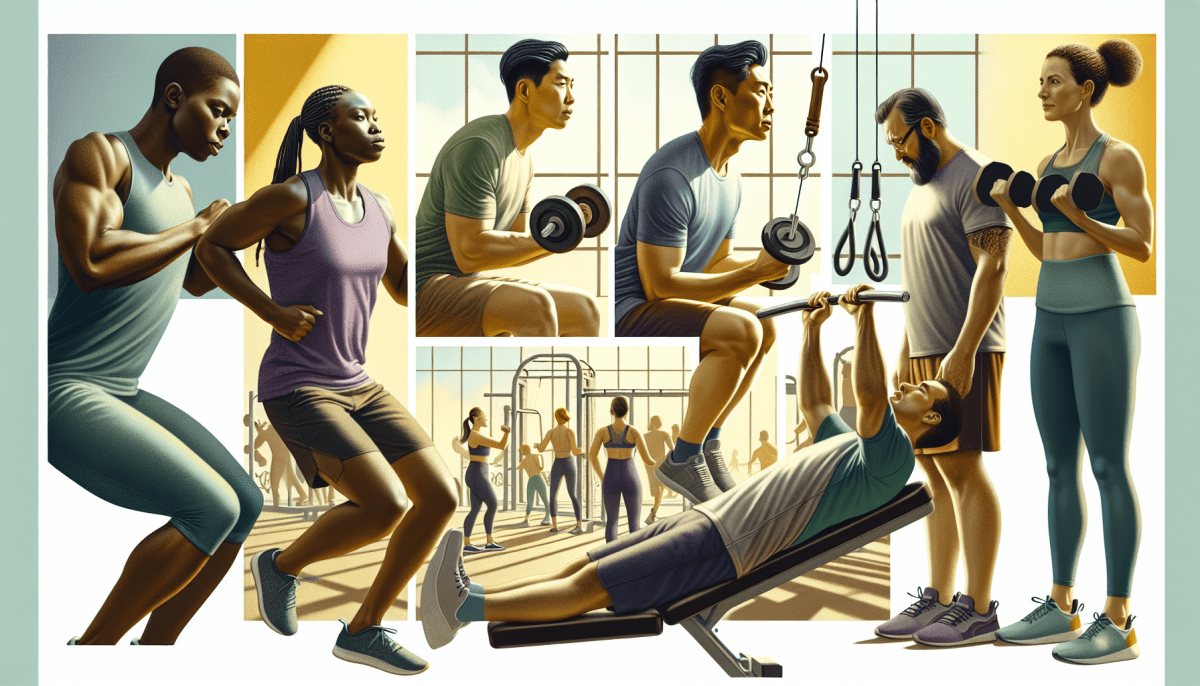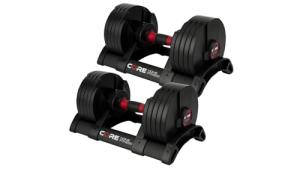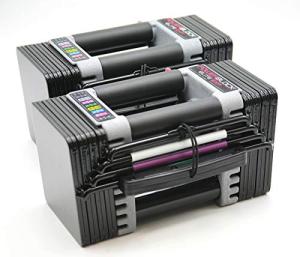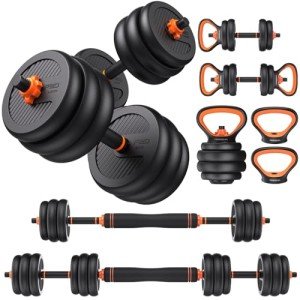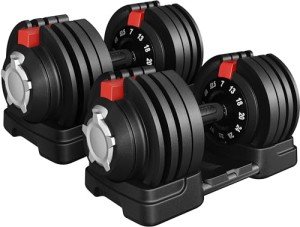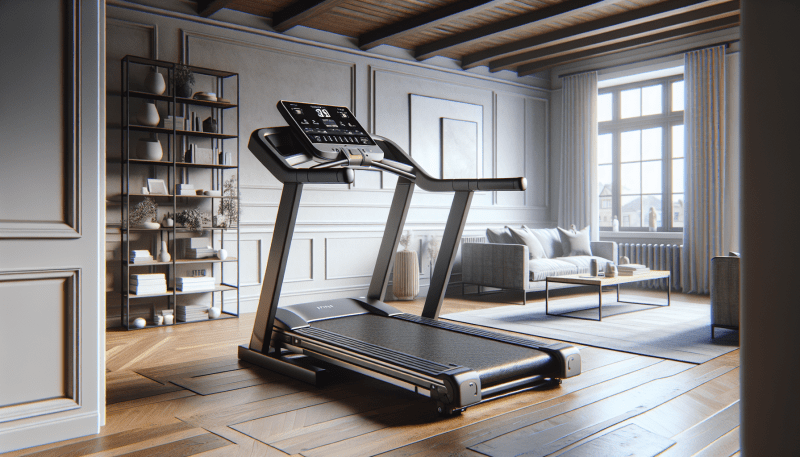Introduction
Chest muscle definition is a goal for many fitness enthusiasts, whether they’re new to working out or seasoned gym-goers. Achieving a well-defined chest requires more than just lifting heavy weights; it involves a combination of targeted exercises, proper nutrition, and recovery techniques. A defined chest not only contributes to a balanced and aesthetically pleasing physique but also enhances upper body strength.
In this article, we will explore the most effective techniques and tips to improve your chest muscle definition. From choosing the right exercises to optimizing your diet and recovery, these methods will help you sculpt a more defined and powerful chest.
Why is Chest Muscle Definition Important?
Chest muscle definition refers to the visible lines and contours of the pectoralis muscles. For many individuals, a defined chest is a symbol of hard work, dedication, and overall fitness. Achieving chest muscle definition involves reducing body fat and building muscle mass to a point where the muscles are clearly visible beneath the skin.
A well-defined chest improves not only your physique but also your strength and posture. As one of the largest upper body muscle groups, the pectorals contribute to pushing, lifting, and stabilizing movements. Strengthening and defining the chest muscles can therefore enhance your performance in various exercises, including bench presses, push-ups, and overhead lifts.
Best Exercises for Chest Muscle Definition
To improve chest muscle definition, you need to focus on exercises that target the entire chest area, with an emphasis on both compound and isolation movements. Compound exercises engage multiple muscle groups and allow you to lift heavier weights, while isolation exercises help target specific areas of the chest for more defined muscle development.
1. Barbell Bench Press
The barbell bench press is a classic compound exercise that targets the entire chest. It helps build overall chest size and strength, providing a solid foundation for defining the pectorals.
How to Perform It:
· Lie flat on a bench with your feet planted firmly on the floor.
· Grip the barbell slightly wider than shoulder-width apart.
· Lower the barbell slowly to your chest while keeping your elbows at a 45-degree angle.
· Press the barbell back up, fully extending your arms.
Tip for Definition:
To maximize chest muscle definition, perform the bench press with a controlled tempo. Focus on slow, deliberate movements to fully activate the chest muscles.
2. Incline Dumbbell Press
The incline dumbbell press targets the upper part of the chest, helping to create a balanced and defined pectoral region. Using dumbbells allows for a greater range of motion and a more natural movement pattern.
How to Perform It:
· Set the bench to a 30-45 degree incline.
· Hold a dumbbell in each hand at shoulder level with your palms facing forward.
· Press the dumbbells upward, bringing them together at the top while keeping your elbows slightly bent.
· Lower the dumbbells slowly back to shoulder level.
Tip for Definition:
By focusing on the mind-muscle connection and squeezing the chest at the top of the movement, you can increase the muscle activation and improve definition.
3. Chest Flyes
Chest flyes, performed with dumbbells or a cable machine, are an excellent isolation exercise for the pectorals. This exercise stretches the chest muscles and helps define the muscle lines by focusing on contraction and extension.
How to Perform It (Dumbbells):
· Lie flat on a bench with a dumbbell in each hand.
· Keep your elbows slightly bent and extend your arms above your chest.
· Slowly lower your arms outward in a wide arc, feeling a stretch in your chest.
· Bring the dumbbells back together by squeezing your chest muscles.
Tip for Definition:
Perform chest flyes with a slow and controlled movement, focusing on the stretch and contraction of the chest muscles. This will help define the muscle lines.
4. Push-Ups
Push-ups are a bodyweight exercise that targets the chest, shoulders, and triceps. They are a great addition to any workout routine and can be modified to increase intensity and target different areas of the chest.
How to Perform It:
· Start in a plank position with your hands placed slightly wider than shoulder-width apart.
· Lower your body by bending your elbows, keeping your core tight and your back straight.
· Push back up to the starting position.
Tip for Definition:
To target the chest more effectively, perform push-ups slowly, focusing on the full range of motion and the contraction of the chest as you push up.
5. Cable Crossovers
Cable crossovers are another excellent isolation exercise that targets the chest. This exercise allows for constant tension on the muscles, which is key for muscle definition.
How to Perform It:
· Set the pulleys to the highest setting on a cable machine.
· Grab a handle in each hand and step forward slightly to create tension.
· With a slight bend in your elbows, pull the cables down and across your body, bringing your hands together in front of you.
· Slowly return to the starting position.
Tip for Definition:
Focus on squeezing your chest at the peak of the movement to increase muscle activation. Perform the exercise slowly and with control to fully engage the chest muscles.
Nutrition Tips for Improving Chest Definition
Building muscle and reducing body fat are key to achieving chest muscle definition. Your diet plays a critical role in both of these factors.
1. Eat Protein-Rich Foods
Protein is essential for muscle growth and repair. Ensure you're consuming enough protein through lean meats, fish, eggs, and plant-based sources like beans and legumes. Aim for 1.6–2.2 grams of protein per kilogram of body weight to support muscle development.
2. Reduce Body Fat with a Calorie Deficit
To reveal the definition in your chest, you need to reduce body fat. This can be achieved by creating a calorie deficit, either through diet or increased physical activity. Focus on eating nutrient-dense, whole foods while cutting back on processed foods and sugars.
3. Stay Hydrated
Staying hydrated is essential for muscle recovery and overall performance. Drink plenty of water throughout the day to support your workouts and improve muscle function.
Recovery Tips for Chest Muscle Definition
Recovery is just as important as training when it comes to building muscle and achieving definition.
1. Get Enough Sleep
Sleep is crucial for muscle recovery and growth. Aim for 7-9 hours of sleep per night to allow your body to repair and rebuild muscle tissue.
2. Active Recovery
Incorporate active recovery techniques such as light cardio, stretching, or yoga to promote circulation and muscle repair. This helps reduce soreness and keeps your chest muscles engaged for future workouts.
Conclusion
Achieving chest muscle definition requires a combination of effective exercises, proper nutrition, and recovery techniques. By incorporating compound and isolation exercises such as bench presses, dumbbell presses, push-ups, and chest flyes into your workout routine, you can build and define the chest muscles. Additionally, focusing on nutrition and recovery will help reduce body fat and enhance muscle visibility.
Remember that consistency is key when it comes to building muscle and improving chest definition. With dedication to your training, nutrition, and recovery, you’ll be on your way to a more defined and sculpted chest.
